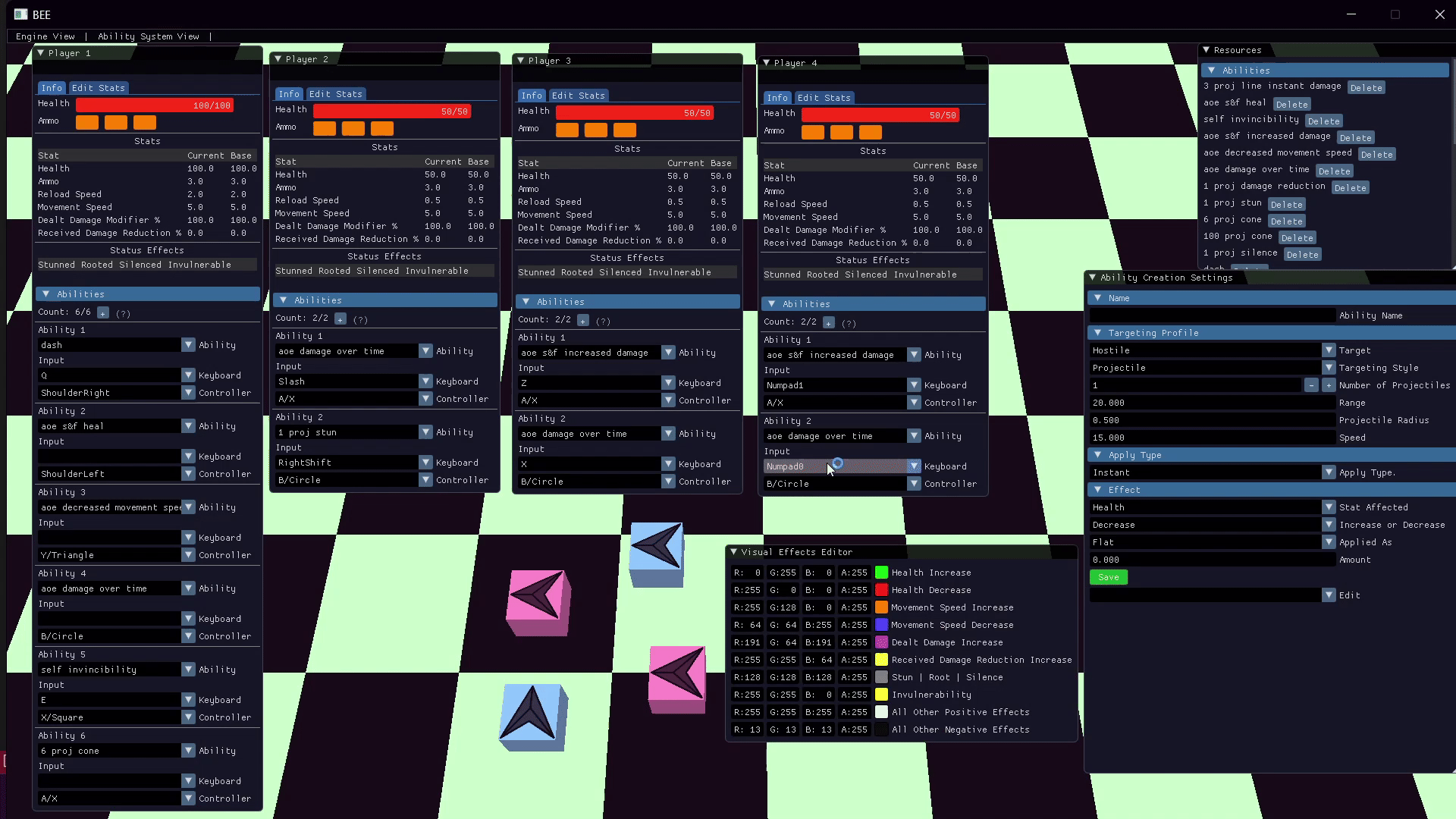Ability System V1 - My Custom Engine
Part 2: Custom engine development.
Stats
Key Responsibilities
- Ability Gameplay Code
- Ability Visualization
- Research
- Intuitive Interface Design
- ECS / EnTT Library
- Particle System
- GLTF file loading
- Resource Management
- Serialization
System
Engine
This is my first implementation on an ability system, the improved version can be found here -
Ability System V2 - Coral Engine.
Check out the blog I wrote about my process of creating this system here -
Ability System Blog Post 25 Jan 2024.
Part 1: Ability System & Its Interface
The abilities have a set of predefined behaviors that the user can configure through the ImGui-based interface. The set of properties was self-imposed by doing a personal breakdown of the character abilities and stats in Brawl Stars.
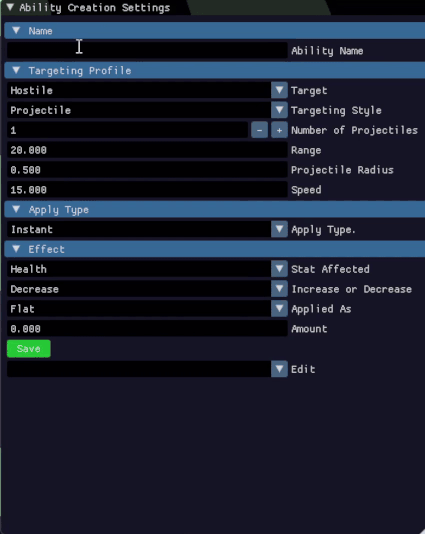
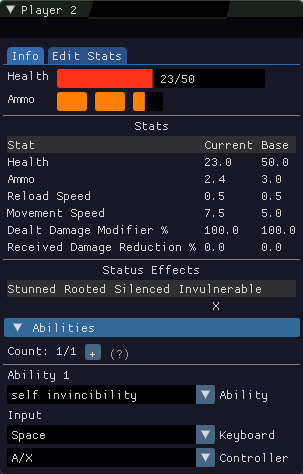
The ability creation menu is dynamic and displays different settings based on the current settings, as to not overwhelm the user with all the information. Additionally, after testing my tool with a few designers, based on their feedback I added quality of life features that account for human error:
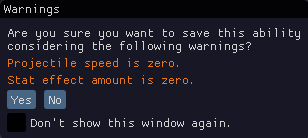


 TootTip
TootTip
After an ability is created and assigned to a player, the Ability System manages its lifetime, along with some additional visual elements. The ability is then created by retrieving the Ability Settings from the Ability Resource Manager and assigning it its caster that is then used for hostile/friendly logic.
entt::entity abilityEntity = m_registry.create();
auto& abilityComponent = m_registry.emplace<AbilityComponent>
(abilityEntity, castByPlayer, Engine.ResourceManager().GetAbilityManager().Get(abilityName).value());
Its runtime behavior is then handled by the UpdateAbilities function, that has a lot of conditional code that is improved in the next version (Ability System V2).
For example, for this ability below the system facilitates the with the following settings:
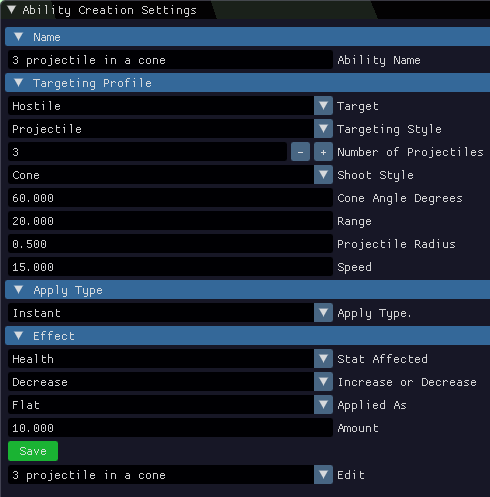
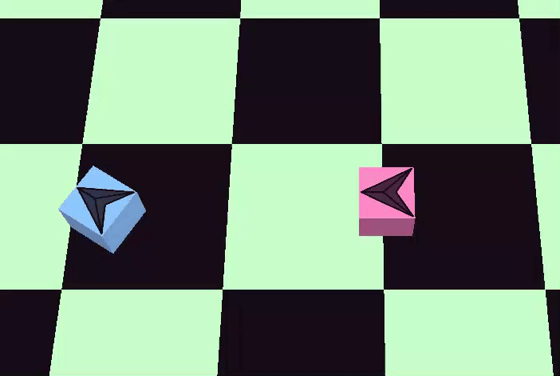
The system is in charge of creating those projectiles with a certain size and speed for the physics body, destroying them on collision or when the max range is reached, dealing damage if it encounter a hostile entity and everything else that goes into the logic behind an ability.
Showcase of various abilities and their effects:
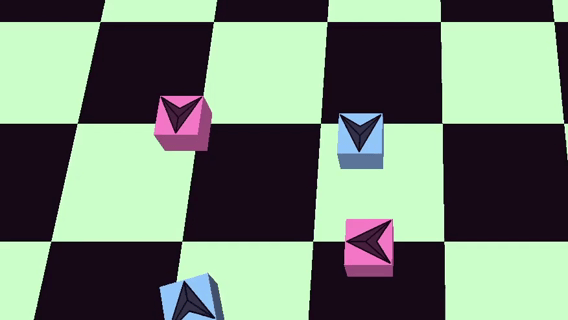
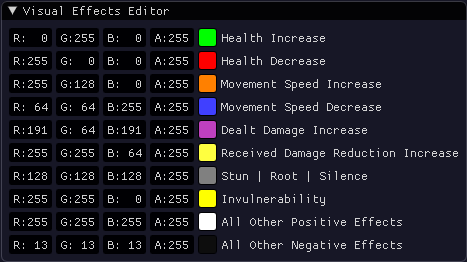
Part 2: Custom Engine Development
This system was done in my ECS EnTT custom engine - I was in charge of the architecture of how I implement the idea of
entities, components and systems (having the graphics side provided by teachers).
Engine structure:
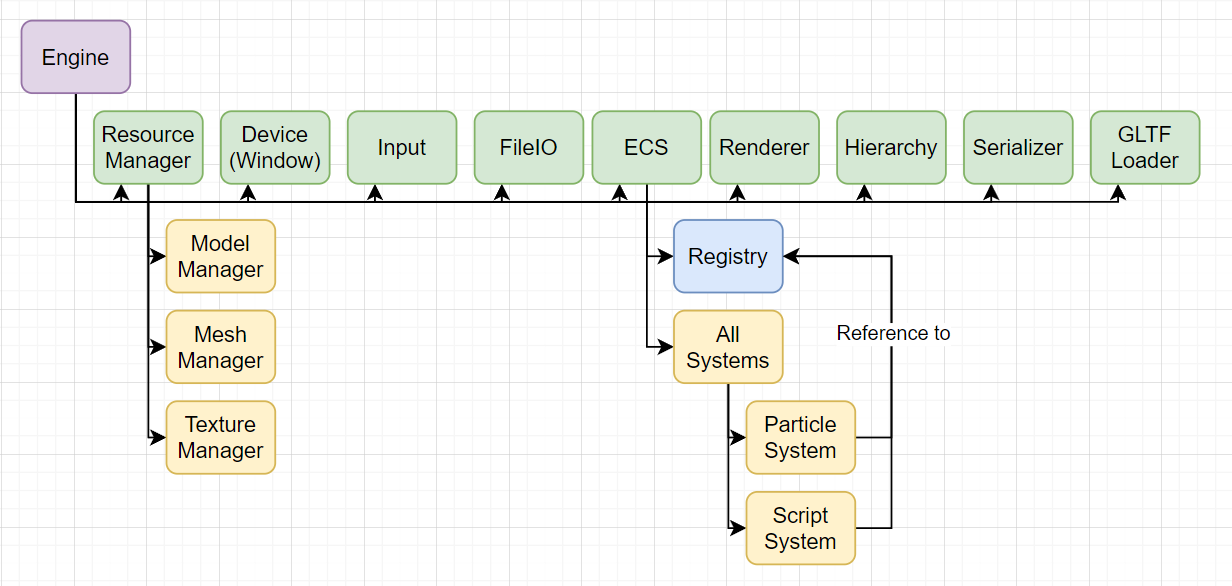
GLTF loading with transform hierarchy:
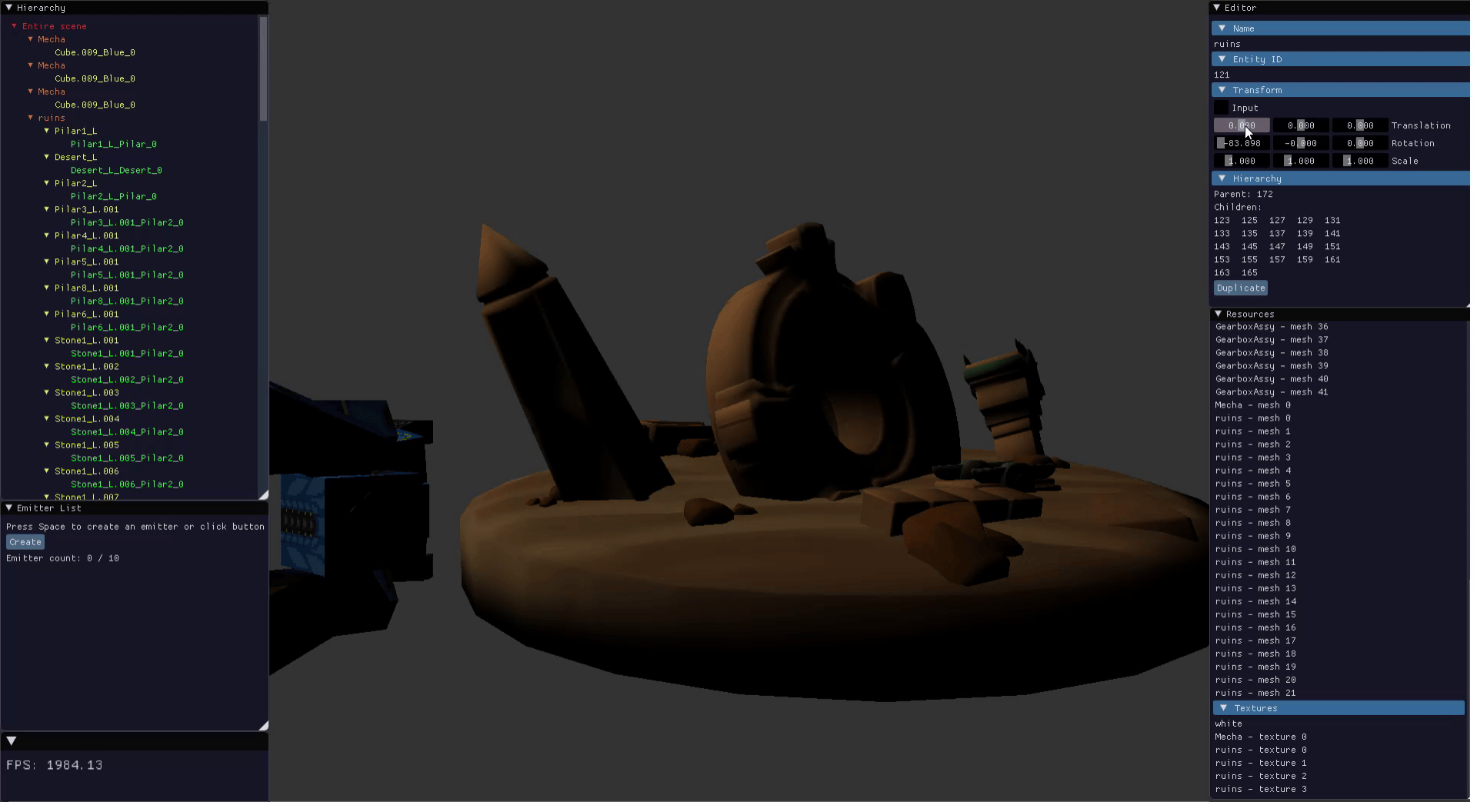
Particle system:
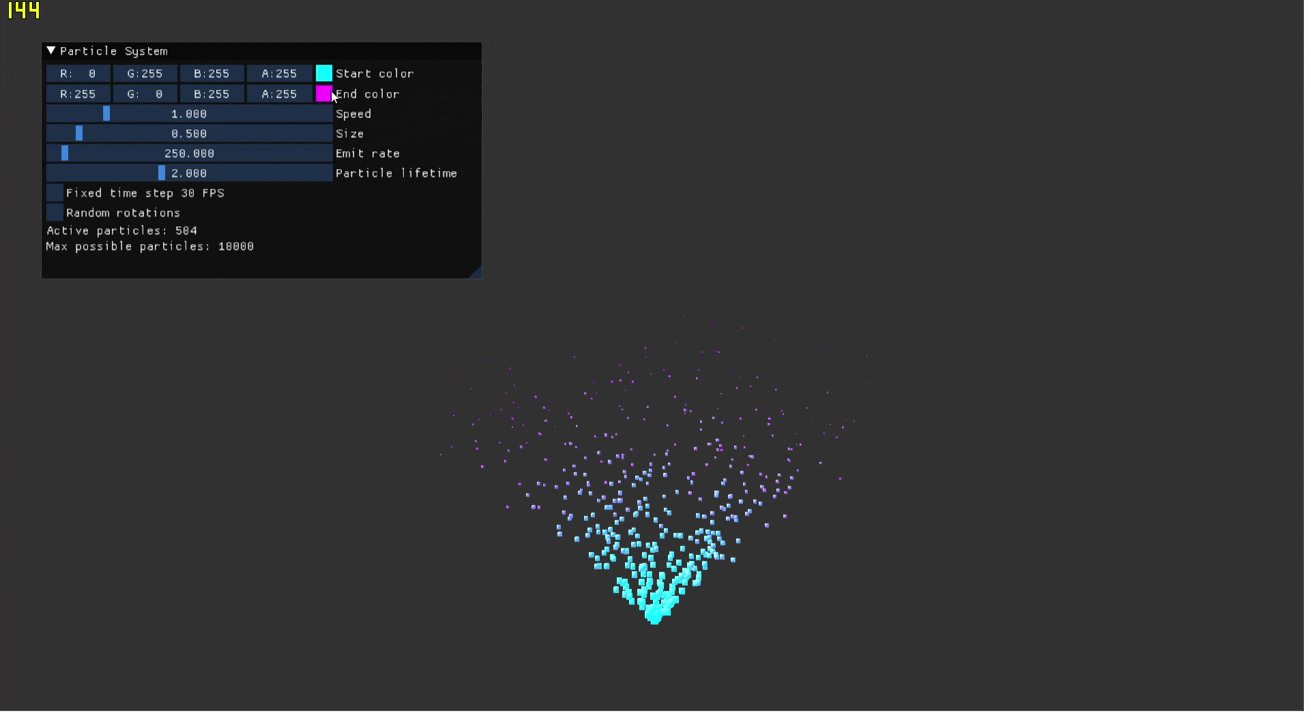
I also implemented a Resource Manager and even a bit of Lua Scripting by binding some basic functionality like input and transforms.
At the end of the project my engine could create and manipulate entities, with the foundation laid for extra components and systems to be added in the future - which is how I added the ability system explained above.
Engine showcase:
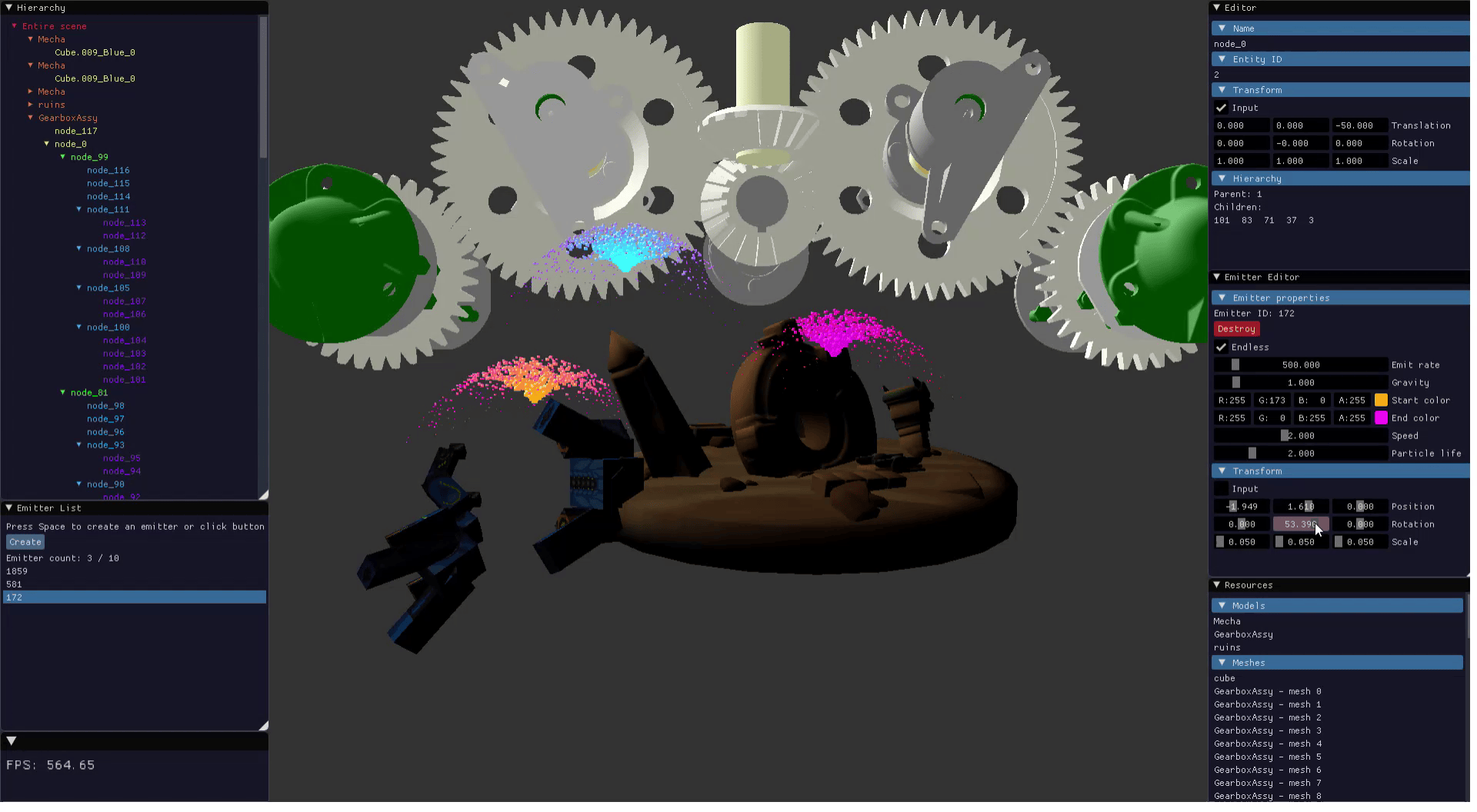
While engine development is not my passion, I still enjoyed working on this project and I learned so much from creating my own architecture instead of just working with an existing code base.
